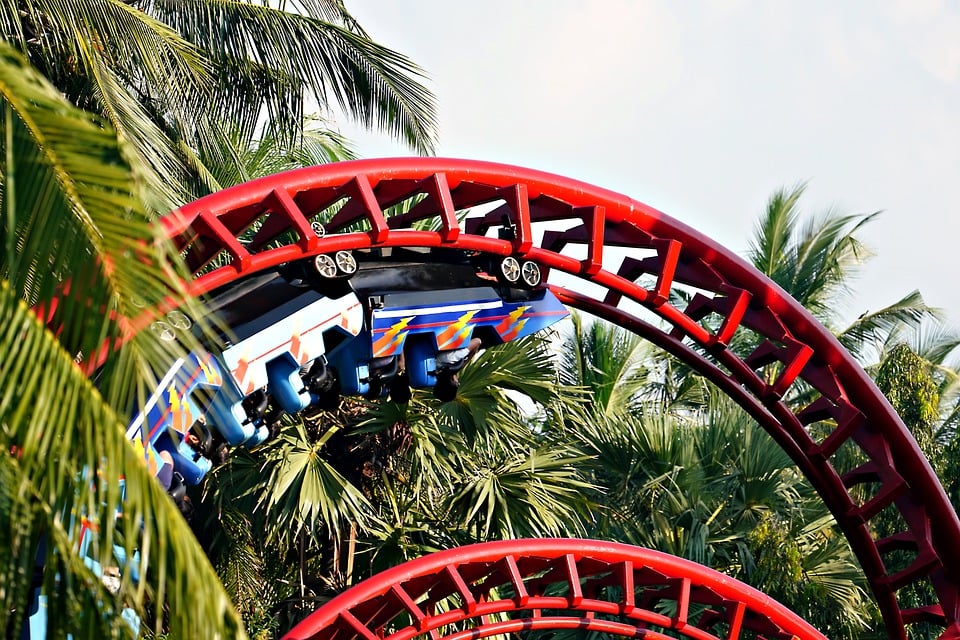The face of the working class in America is changing. Once dominated by blue-collar workers in industries such as manufacturing, construction, and mining, the working class now includes a growing number of white-collar professionals in fields like technology, finance, and healthcare. This shift from blue-collar to white-collar has not only transformed the composition of the working class but also its opportunities, challenges, and identity.
The Decline of Blue-Collar Jobs
Traditionally, blue-collar jobs have been associated with manual labor, physical work, and skilled trades. However, in recent decades, these jobs have undergone a significant decline due to automation, offshoring, and deindustrialization. The rise of technology and globalization has led to the outsourcing of many manufacturing jobs to cheaper labor markets overseas, leaving many blue-collar workers unemployed or underemployed.
As a result, many working-class Americans have had to adapt to the changing labor market by acquiring new skills, retraining in different fields, or pursuing higher education. While some have been able to transition to white-collar professions, others have struggled to find stable employment or financial security.
The Rise of White-Collar Jobs
In contrast to blue-collar jobs, white-collar jobs are typically characterized by office work, professional skills, and managerial roles. The growing importance of knowledge-based industries, such as technology, finance, and healthcare, has created new opportunities for workers with higher education, technical skills, and digital literacy.
Many blue-collar workers have seized these opportunities by retraining, upskilling, or pursuing advanced degrees in fields like computer science, engineering, or business administration. As a result, the working class is becoming increasingly diverse in terms of education, occupation, and income.
The Impact on the Working Class
The shift from blue-collar to white-collar jobs has had a profound impact on the working class in America. While white-collar workers often enjoy higher salaries, job security, and benefits compared to their blue-collar counterparts, they also face their own challenges, such as job stress, long hours, and work-life balance issues.
For blue-collar workers, the transition to white-collar professions can be daunting, requiring them to adapt to new work environments, technologies, and corporate cultures. Many also face stigma or discrimination based on their background or lack of formal education, leading to feelings of insecurity, imposter syndrome, or cultural alienation.
The Changing Identity of the Working Class
The changing face of the working class in America has also led to a shift in its identity, values, and aspirations. While blue-collar workers have long been associated with traits like hard work, loyalty, and solidarity, white-collar workers are often seen as more educated, ambitious, and individualistic.
This cultural divide between blue-collar and white-collar workers can create tension, misunderstandings, or stereotypes within the working class. However, it can also foster collaboration, diversity, and mutual respect among workers from different backgrounds, industries, or professions.
The Future of the Working Class
As the working class continues to evolve in the 21st century, it is likely to become more diverse, dynamic, and interconnected than ever before. With the rise of automation, artificial intelligence, and remote work, the boundaries between blue-collar and white-collar jobs are becoming increasingly blurred, requiring workers to be adaptable, resilient, and lifelong learners.
To thrive in this rapidly changing labor market, working-class Americans will need to embrace innovation, creativity, and collaboration across industries, sectors, and generations. By leveraging their unique skills, experiences, and perspectives, they can help shape a more inclusive, equitable, and sustainable future for the working class as a whole.
In conclusion, the changing face of the working class from blue-collar to white-collar reflects a broader shift in the economy, society, and culture of America. While this transformation presents new opportunities, challenges, and identities for working-class Americans, it also offers the potential for greater diversity, solidarity, and empowerment among all workers, regardless of their background, occupation, or status. By recognizing and embracing these changes, the working class can build a more prosperous, inclusive, and resilient future for themselves and future generations.
